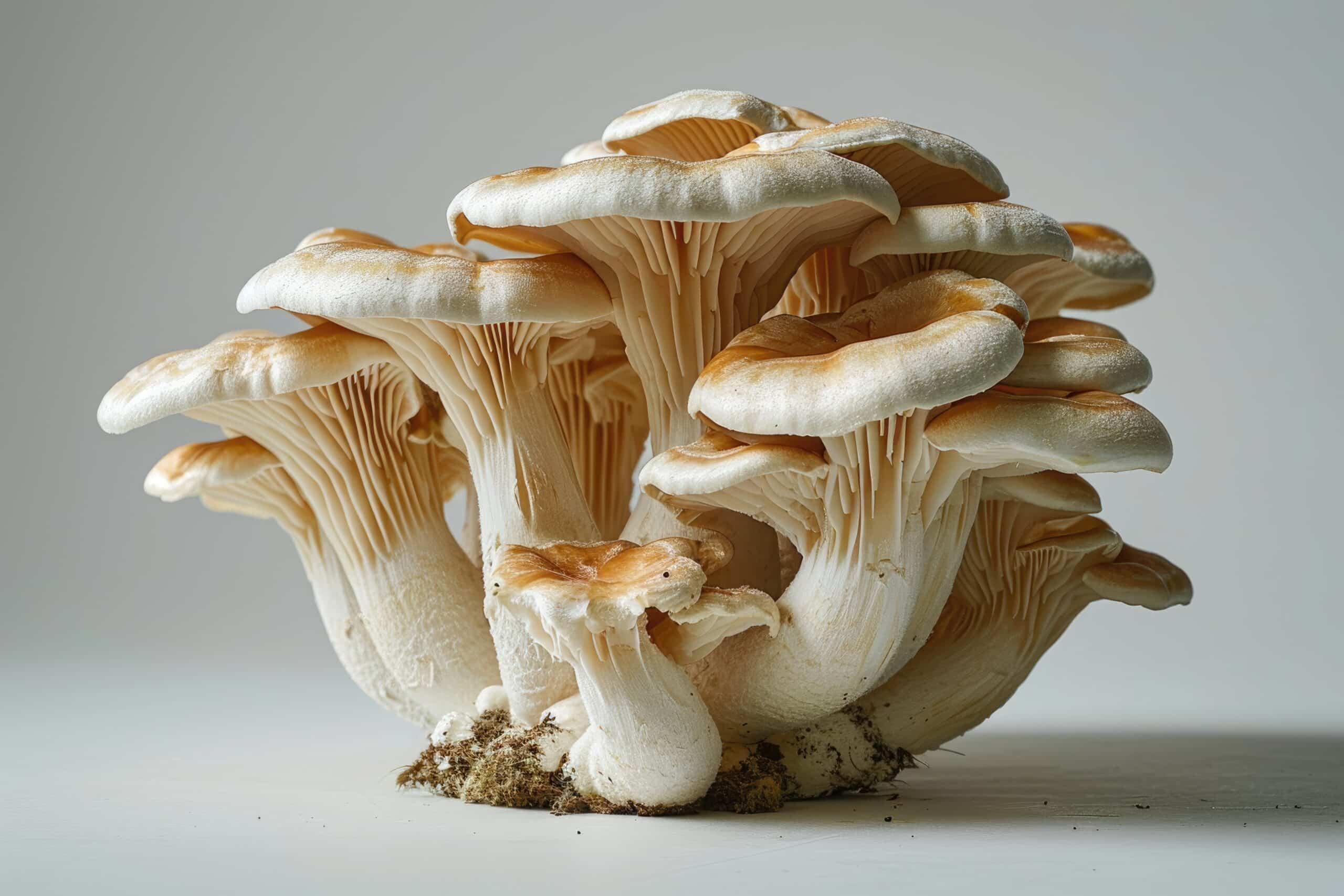Is there a False Chicken of the Woods Mushroom?
Key Takeaways
- The Chicken of the Woods mushroom is easy to identify due to its vibrant colors, unique appearance, and lack of true gills on the underside.
- There are several mushrooms that resemble the Chicken of the Woods, including the True Chanterelle Mushroom, the Jack O Lantern Mushroom, and the Velvet Top Fungus.
- It is important to properly identify the Chicken of the Woods mushroom and be aware of its look-alikes to ensure a safe foraging experience.
Chicken of the Woods mushroom, scientifically known as Laetiporus, is a popular edible mushroom that is widely sought after by foragers. With its vibrant colors and unique appearance, it is easy to identify and distinguish from its poisonous look-alikes. But is there a false Chicken of the Woods mushroom? Let’s explore this question and delve into the details of this fascinating fungus.
Chicken of the Woods Mushroom: Identifying Characteristics
The Chicken of the Woods mushroom belongs to the laetiporus genus and is known for its bright yellow or orange color, fan-shaped or semi-circular shape, and wavy cap. Unlike many other mushrooms, it does not have true gills on the underside. Instead, it has thousands of tiny pores that release a white spore print. This mushroom typically grows at the base of dead or dying hardwood trees and aids in the decomposition process.
Chicken of the Woods mushrooms can be found during the autumn months but can also be spotted from spring to autumn, totaling six months of the year. They have a wide distribution, being found in the United States, North America, Canada, Europe, and some areas in Asia.
Look-Alikes: True Chanterelle Mushroom
One mushroom that is often confused with the Chicken of the Woods is the True Chanterelle Mushroom. While both mushrooms are edible, they have distinct differences that can help in identification. The True Chanterelle Mushroom has ridges on the underside, unlike the Chicken of the Woods, which has pores.
Look-Alikes: Jack O Lantern Mushroom
Another mushroom that resembles the Chicken of the Woods is the Jack O Lantern Mushroom. However, this look-alike is poisonous if eaten. Unlike the Chicken of the Woods, the Jack O Lantern Mushroom has true gills on the underside.
Look-Alikes: Velvet Top Fungus
The Velvet Top Fungus is another mushroom that is often mistaken for the Chicken of the Woods. This look-alike has a brownish velvety texture on the top surface, which is distinct from the Chicken of the Woods mushroom.
Hen of the Woods vs. Chicken of the Woods
It’s important not to confuse the Chicken of the Woods mushroom with the Hen of the Woods mushroom. Although both mushrooms have names related to poultry, they are two different species. The Chicken of the Woods mushroom is bright yellow or orange and has a fan-like shape, while the Hen of the Woods mushroom resembles the feathers of a hen and is brown to gray in color.
Conclusion: The False Chicken of the Woods Mushroom
After exploring the information available, it is clear that there is no false Chicken of the Woods mushroom. However, there are several mushrooms that resemble the Chicken of the Woods, including the True Chanterelle Mushroom, the Jack O Lantern Mushroom, and the Velvet Top Fungus. While the True Chanterelle Mushroom is edible, the Jack O Lantern Mushroom is poisonous, and the Velvet Top Fungus is distinct in appearance. It is crucial to properly identify the Chicken of the Woods mushroom and be aware of its look-alikes to ensure a safe and enjoyable foraging experience.
Related Websites:
FAQs:
Q: What are the culinary uses and health benefits of chicken of the woods mushrooms?
Chicken of the woods mushrooms can be used as a substitute for chicken in various recipes, such as stir-fries, soups, and sandwiches. They are known for their meaty texture and can add a savory flavor to dishes. In terms of health benefits, chicken of the woods mushrooms are a good source of protein, fiber, and various vitamins and minerals.
Q: Are there any false chicken of the woods mushrooms?
While there are many look-alike mushrooms in the wild, there is no specific false chicken of the woods mushroom. However, it is important to differentiate genuine chicken of the woods mushrooms from potential look-alikes to avoid any risks associated with misidentification.
Q: How can I distinguish between genuine and false chicken of the woods mushrooms?
To identify genuine chicken of the woods mushrooms, look for their characteristic bright orange to yellow color, shelf-like growth pattern, and lack of gills. False mushrooms may have different colors, textures, or growth patterns. It is recommended to consult field guides or experts for accurate identification.
Q: What are the potential risks of misidentifying chicken of the woods mushrooms?
Misidentifying chicken of the woods mushrooms can lead to consuming poisonous or inedible mushrooms, which can cause adverse health effects. It is important to exercise caution when foraging for wild mushrooms and seek professional advice if uncertain about the identification of a mushroom.
Q: Can you provide some tips for safe foraging practices?
When foraging for mushrooms, always ensure proper identification before consuming any wild mushroom. Familiarize yourself with the distinguishing features of the mushrooms you intend to forage. It is advisable to consult experienced mushroom foragers, attend workshops, or join local mycological societies to enhance your knowledge and skills.






